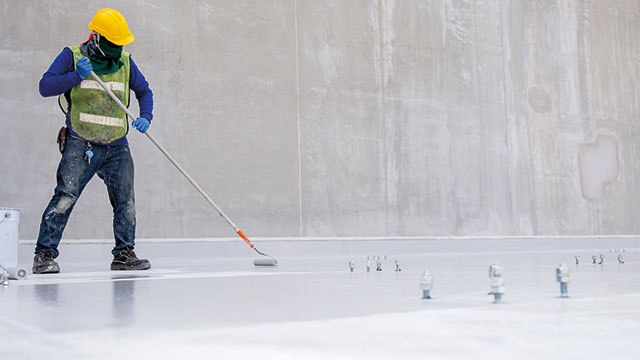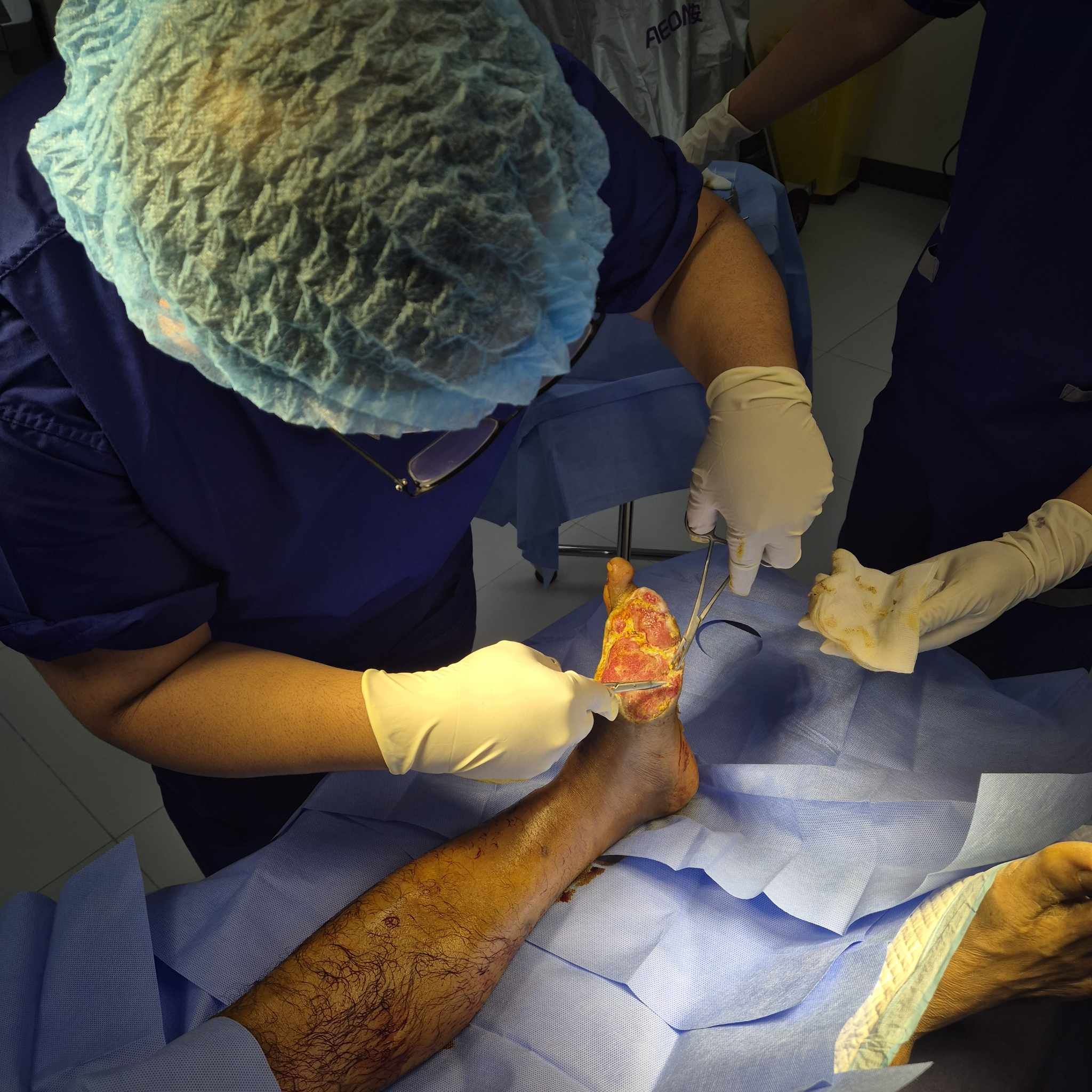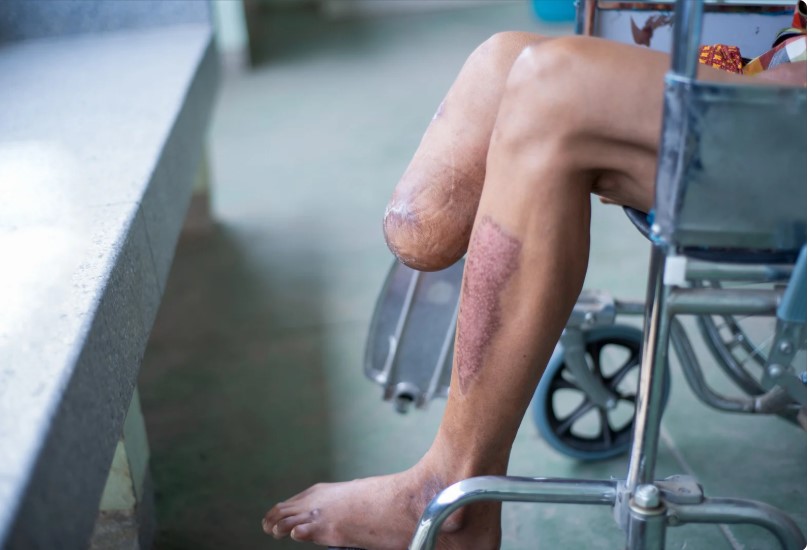In the vibrant city-state of Singapore, where heavy rainfall and high humidity are the norm, waterproofing isn’t just a convenience—it’s a necessity. As buildings rise taller and urbanization progresses, the demand for advanced waterproofing techniques has never been greater. This blog aims to delve into the realm of waterproofing, exploring the evolution of techniques and the innovative solutions that are reshaping the landscape of building maintenance and longevity.
Understanding Singapore’s Waterproofing Challenges
Singapore’s tropical climate poses unique challenges for waterproofing. With an average annual rainfall exceeding 2,300 millimeters, structures are constantly under threat from water intrusion. Coupled with high humidity levels, these conditions accelerate the deterioration of building materials and increase the risk of structural damage.
The Evolution of Waterproofing Techniques
Traditionally, waterproofing relied on rudimentary methods such as asphalt coatings and cementitious membranes. While effective to some extent, these approaches had limitations in durability and adaptability. However, with advancements in materials science and engineering, modern waterproofing techniques have undergone a paradigm shift.
Advanced Waterproofing Solutions
- Nano-sealing technology: By harnessing the power of nanotechnology, waterproofing solutions now operate at a microscopic level. Nano-sealing products penetrate deep into surfaces, creating an impermeable barrier that repels water molecules without altering the substrate’s appearance or breathability.
- Polymer-based waterproofing membranes: Traditional membranes are being eclipsed by polymer-based alternatives that offer superior flexibility, durability, and ease of application. These membranes adapt seamlessly to complex architectural geometries, providing comprehensive protection against water ingress.
- Chemical injections: Addressing water intrusion at its source, chemical injection techniques inject specialized compounds into concrete substrates, effectively sealing cracks and voids. This proactive approach prevents water from compromising the structural integrity of buildings, ensuring long-term resilience.
Environmental Considerations and Sustainability
As sustainability becomes increasingly paramount, the waterproofing industry is embracing eco-friendly alternatives. From bio-based sealants to recycled membranes, these innovations minimize environmental impact while delivering uncompromising performance. By prioritizing sustainability, property owners can safeguard their assets while contributing to a greener future.
The Role of Professional Waterproofing Services
While advanced waterproofing solutions hold tremendous promise, their successful implementation hinges on the expertise of qualified professionals. In Singapore’s competitive market, choosing the right waterproofing contractor is paramount. By partnering with reputable firms that prioritize quality, accountability, and customer satisfaction, property owners can mitigate risks and achieve optimal outcomes.
Future Trends in Waterproofing Technology
Looking ahead, the future of waterproofing is teeming with possibilities. From self-healing coatings to predictive maintenance systems, emerging technologies are poised to revolutionize the industry. By embracing innovation and collaboration, stakeholders can stay ahead of the curve and navigate evolving challenges with confidence.
Takeaway
In the dynamic landscape of urban development, waterproofing stands as a cornerstone of resilience and longevity. By embracing advanced techniques and sustainable practices, Singapore’s built environment can withstand the test of time while minimizing environmental impact. Partnering with a reputable waterproofing contractor Singapore is crucial for ensuring the success of any waterproofing project. As we continue to innovate and adapt, the journey towards mastering waterproofing will shape the cities of tomorrow.










